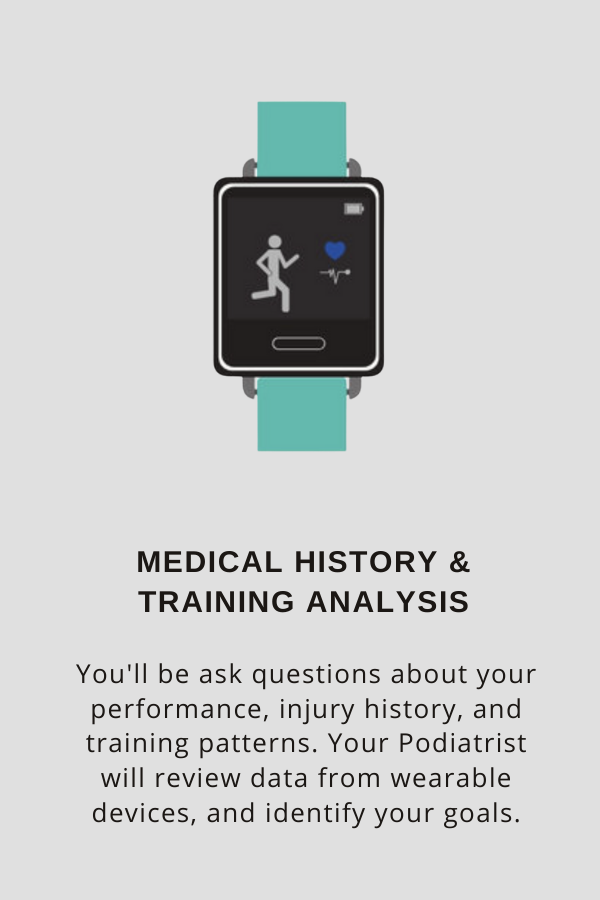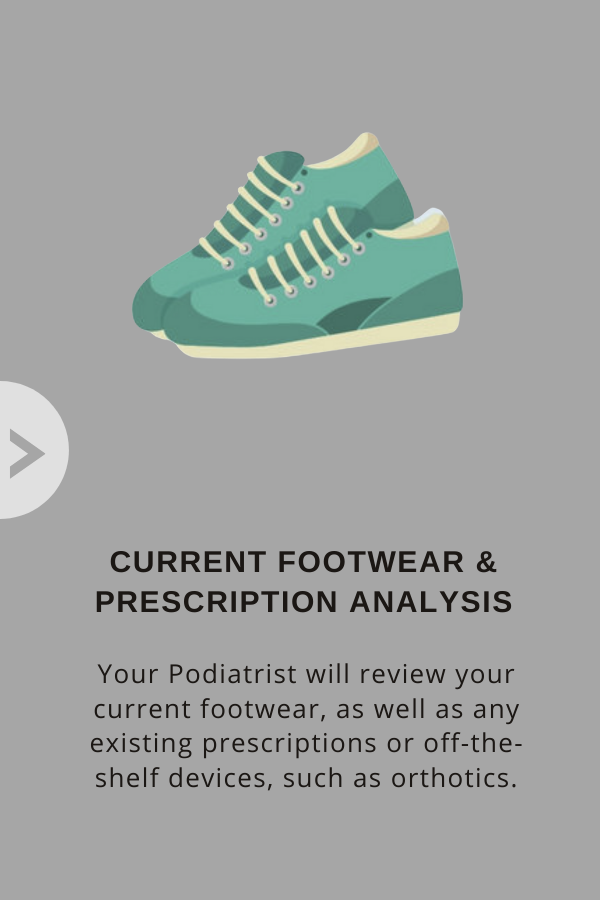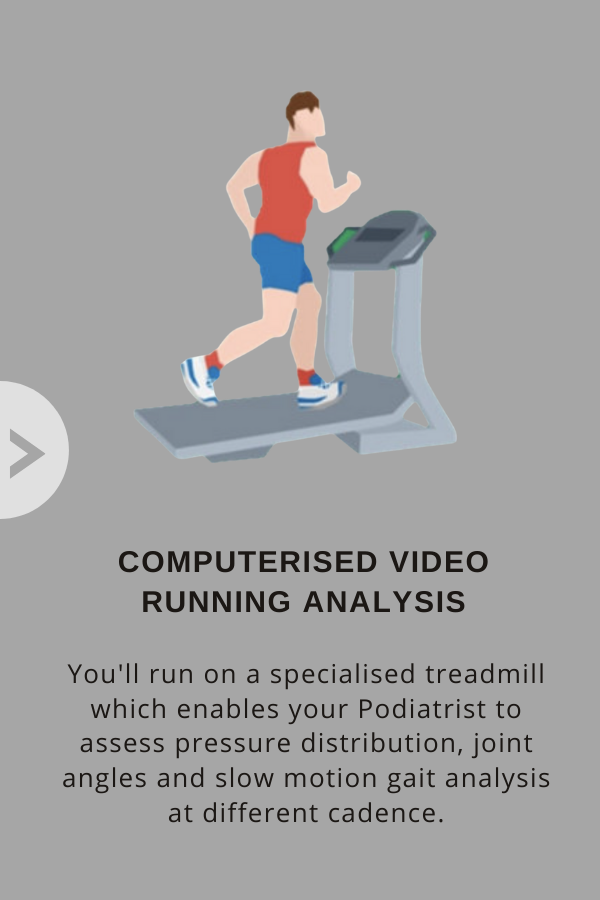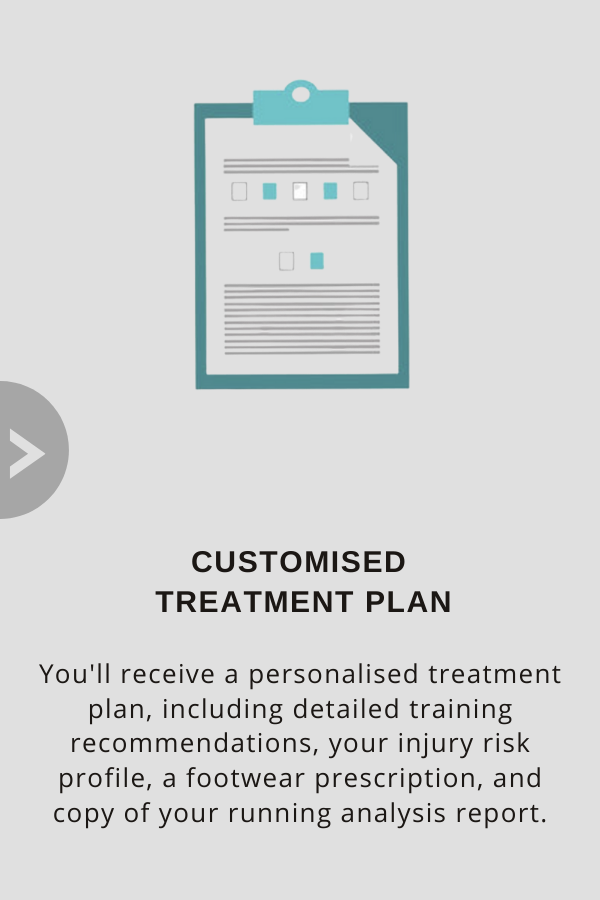
The Foot Faults & RunClinic Rehab Process
We are offering a premium, data-driven rehabilitation service that optimises patient outcomes and supports conservative and surgical rehabilitation pathways.
Treadmill 3D Gait &Pressure Analysis: Precision diagnostics for gait abnormalities, pre and post intervention analysis , and kinetic/kinematic deficits.
Anti-Gravity Treadmill Training: Unweighted, pain-free progressive loading ideal for post-op or high-risk patients.
Footwear and/or Orthotic Device Prescription: Advice regarding footwear and orthoses as required on an individual basis.
Progressive Overload Rehab Programs: Individually tailored Anti-Gravity and return-to-activity plans by our expert podiatry team.
FAQs
-
Anti-gravity treadmills (e.g., Alter-G, Boost) have become transformative tools in post-injury/surgical rehabilitation and neurological recovery, offering precise weight-supported therapy.
Anti-gravity treadmills, work by reducing the impact of gravity by using differential air pressure (DAP) to unweight the user, allowing them to walk or run at a fraction of their bodyweight. A specially designed air-tight chamber surrounding the lower body is inflated to create a lifting effect, effectively reducing the pressure on the lower extremities -
Antigravity for Lower Extremity Fractures and Post-Surgical Rehabilitation
Ankle/tibial plateau fractures: Patients start rehabilitation with 20%–80% bodyweight (BW) reduction, progressing to full BW over time. Sessions focus on gait symmetry and muscle activation (Palke et al., 2022).
ACL reconstruction: Phase 1: 55% BW support on the Alter-G to restore normal gait mechanics, paired with quadriceps strengthening by the physiotherapist or rehab team (AlterG, 2018b). Phase 2: Jogging at 75%–90% BW, increasing speed (7–11 kph) and incline (2%–6%) (AlterG, 2018b).
Positive Effects: Gait Improvement: Dynamic Gait Index scores significantly improved compared to standard rehab (Palke et al., 2022). Muscle Atrophy Reduction: Tibial plateau fracture patients showed 3 cm greater thigh circumference preservation (Palke et al., 2022). Early Mobilisation: ACL patients began jogging by week 10 post-op, accelerating return to sport (AlterG, 2018b).
-
Antigravity for Stress Fracture and Tendon Rehab
Achilles tendon repair: Running can start at 70% BW (13 weeks post-op if cleared by rehab team), progressing to 85% BW by week 16 (Saxena & Granot, 2011).
Lower extremity stress fractures: Phase 1: Begin with non-weight-bearing exercises, progressing to Alter-G walking at 60%–65% BW (3–5.5 kph). Phase 2: Jogging at 75%–90% BW (8–12 kph) with inclines (AlterG, 2018a).
Positive Effects:
Faster Over-Ground Return: Achilles patients resumed outdoor running 3.5 weeks earlier than controls (Saxena & Granot, 2011).
Pain-Free Progression: Gradual BW reduction helps prevent compensatory gait patterns (AlterG, 2018a). -
Antigravity for Neurological Conditions (Stroke, MS, Parkinson’s, Congenital Conditions)
Stroke gait retraining: Begin with 40%–50% BW support, incrementally reducing to 20% as balance improves (Shaughnessy et al., 2012).
Task-Specific Training: High-intensity, repetitive walking sessions (1,000+ steps/session) on the Alter-G (Shaughnessy et al., 2012).
Neuroplasticity: Bodyweight-supported treadmill training (BWSTT) promotes activity-dependent neural adaptation, improving motor learning (Shaughnessy et al., 2012).
Fall Prevention: Safe harness systems enable longer, confidence-building sessions (Shaughnessy et al., 2012).Item description
-
Foot Faults at Holland Park West and Newmarket both have this equipment
-
Initial = 40 mins
Follow up = 30mins
Unsupervised = 30mins
-
Initial 40min- $179 (antigravity initial appointment)
Fup 30min- $129 (supervised antigravity sessions )
We are also a registered NDIS provider
What to expect,
at your first Appointment.





